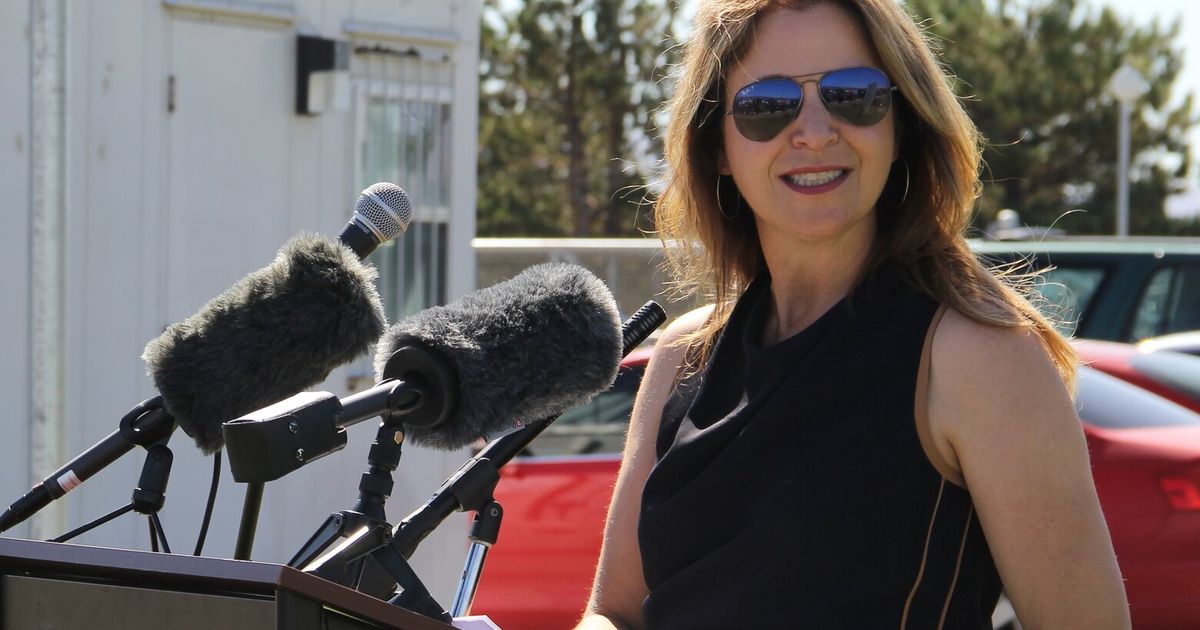### Summary
Officials in California are using AI-enabled sensors to detect wildfires before they spread, in an effort to prevent further devastation.
### Facts
- Officials in Santa Clara County are installing AI-enabled sensors to detect small wildfires before they grow into large blazes.
- These sensors can spot fires earlier, particularly in the initial smoldering stages when there is no visible flame.
- The sensors measure air particles, temperatures, gas, particulate matter, and heat, and use AI to analyze the data.
- The data is displayed on an interactive dashboard for visualization and fire alerts.
- The sensors are part of a 24-month pilot program in Santa Clara County and a pilot program by Cal Fire.
- The sensors are being installed across 6,000 acres in the San Jose watershed to protect the water source for millions of county residents.
- Safety measures and failsafes are in place to ensure the sensors do not cause any harm.
- The AI technology used in the sensors is based on machine learning and interprets patterns in the collected data.
- The sensors are being installed by N5 Sensors, a company funded by the US Department of Homeland Security.
- The hope is that early detection of wildfires will allow firefighters to extinguish them before they cause major damage.
- Wildfires can threaten the water supply and cause air pollution over time.
AI-enabled sensors are being used in Santa Clara County, California, to detect small wildfires before they spread, in an effort to prevent further devastation caused by wildfires in the state. These sensors measure air particles and temperatures, and AI analyzes the data to identify potential fires. The sooner fires are detected, the quicker they can be extinguished, resulting in less damage to people, structures, and the environment.
Berlin-based startup Dryad Networks is using AI and IoT technologies to detect wildfires in their early stages, aiming to reduce response times for firefighters and prevent the spread of fires; the company has developed a network of solar-powered sensors that detect smouldering fires by sensing gases and environmental conditions, which then send alerts to firefighters via a cloud platform.
Researchers at Aalto University have developed an AI model, called FireCNN, that uses a convolutional neural network to predict effective strategies for preventing wildfires, potentially reducing up to 76% of wildfires.
Danish start-up Robotto has developed a drone that uses artificial intelligence to track and monitor wildfires in real-time, providing firefighters with up-to-date information to make informed decisions and allocate resources effectively. The technology has already been tested by Catalonia's wildfire fighting unit and is also being used for other applications such as monitoring wildlife and preventing poaching.
AI-powered tools developed by AltaML are helping duty officers in Alberta Wildfire, Canada's forest firefighting agency, make better decisions regarding the positioning of resources to combat wildfires. The tools analyze data points and use machine learning to predict the likelihood of new fires, optimizing resource allocation and saving costs. The models have been successful in accurately predicting wildfire occurrences 80% of the time. This technology aims to improve cost efficiency and ensure resources are in the right place at the right time to respond to fires.
New cameras in Washington state are using artificial intelligence to detect wildfires, allowing crews to respond faster and prioritize resources more effectively.
Artificial intelligence-enabled cameras, such as the TrailGuard system, are being used to help conservationists protect tigers and other wildlife by distinguishing between species and transmitting images to park rangers or villagers within seconds, leading to a decrease in false alarms and increased efficiency in wildlife surveillance.
Austin City Council has approved a contract between an artificial intelligence company, Pano AI, and Austin Energy to use high-definition cameras and AI technology to detect wildfire smoke and expedite fire response in Texas.
